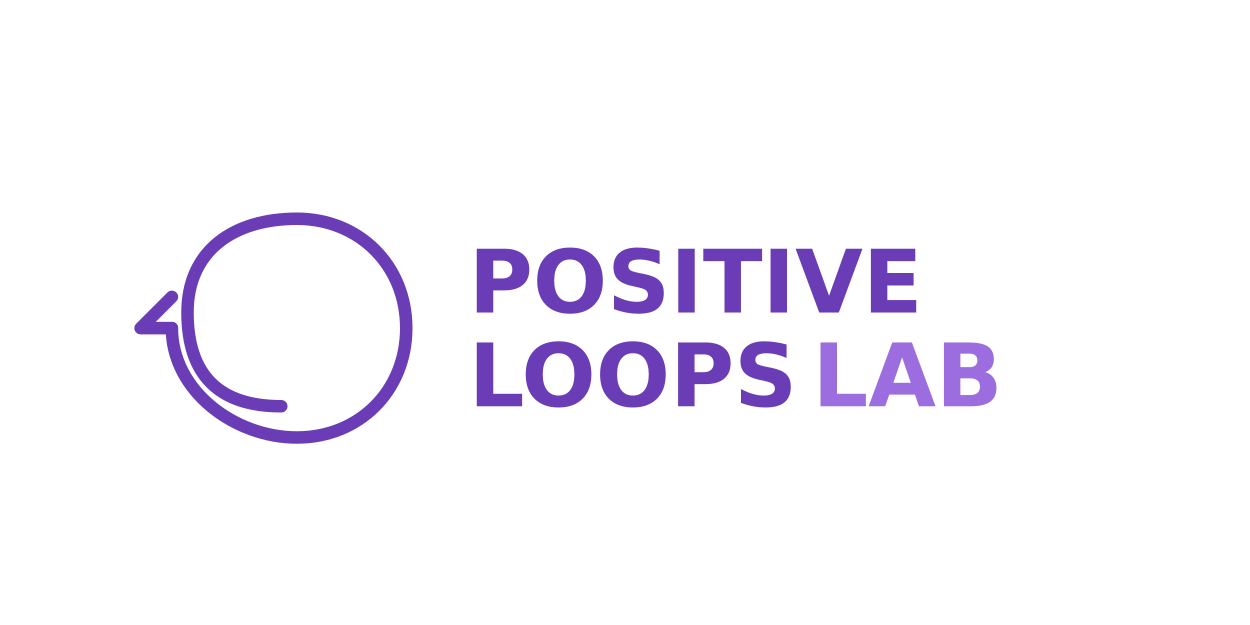This article is part of a six-part series examining how traditional financial reporting standards can transform social outcomes reporting in financial inclusion. Each article explores one qualitative characteristic from financial reporting and provides practical guidance for applying it to social impact measurement.
Understanding Verifiability in Social Outcomes
Verifiability ensures that different knowledgeable and independent observers could reach consensus that information represents what it claims to represent.
Simply - impact data can be checked and confirmed by others. In financial reporting, verifiability is achieved through documentation, clear audit trails, and independent verification. These mechanisms build trust in financial statements and provide assurance that reported figures reflect reality. Social outcomes reporting demands the same level of confidence.
Currently, most impact claims in financial inclusion lack basic verifiability. Reports offer assertions without evidence, methodologies remain undocumented, and raw data is inaccessible. This undermines trust and prevents meaningful accountability.
Why Verifiability Matters
Unverifiable impact claims create multiple problems:
- Trust Deficit: Stakeholders increasingly question impact claims that can't be verified
- Misallocation of Resources: Without verification, resources may flow to organisations that tell the best stories rather than those creating the most impact
- Learning Limitations: Unverified claims prevent the industry from building reliable knowledge about what works
- Accountability Gaps: Organisations face few consequences for exaggerating impact
Without verifiability, social impact reporting becomes a creative writing exercise rather than a meaningful accountability mechanism.
Implementing Verifiability in Social Outcomes Reporting
1. Establish Evidence Standards
Start by defining what acceptable evidence means:
- Categorise evidence by reliability (primary observations, documentation, testimonials)
- Create evidence hierarchies that rank different evidence sources
- Establish minimum evidence requirements for each metric
- Develop policies for evidence retention and accessibility
Be clear about what counts as sufficient evidence for different types of claims.
2. Design Data Collection Protocols
Create structured approaches to gathering verifiable data:
- Document exactly how each metric's data is collected
- Develop standardised collection tools (surveys, observation guides, photo evidence)
- Establish qualifications required for data collectors
- Create detailed step by step collection instructions
- Establish the technological systems that provide verifiable data and metadata
The more consistent and documented your collection process, the more verifiable your results become.
3. Implement Data Management Systems
Build systems that maintain data integrity throughout its lifecycle:
- Establish data entry protocols that minimise errors
- Create audit trails that track all data modifications
- Implement access controls to prevent unauthorised changes
- Develop clear procedures for addressing data quality issues
A solid data management system preserves evidence and enables verification.
4. Create Calculation Transparency
Make your analysis process completely transparent:
- Document all formulas and calculations used in reporting
- Establish version control for calculation methods
- Create calculation verification processes
- Record all assumptions underlying your calculations
When others can replicate your calculations, they can verify your conclusions.
5. Design Internal Verification Processes
Implement systems to check data quality before external review:
- Establish verification teams separate from data collectors
- Create procedures for verifying each metric
- Develop sampling protocols for efficient verification
- Implement escalation processes for addressing verification failures
Internal verification catches issues before they undermine credibility.
6. Implement External Verification Options
Create pathways for independent confirmation:
- Research applicable external verification frameworks
- Establish readiness criteria for external review
- Define qualifications for external verifiers
- Create scope documentation outlining verification boundaries
External verification provides the highest level of assurance to stakeholders.
7. Leverage Technology for Verification
Use digital tools to enhance verifiability:
- Implement digital signatures to verify data collection steps
- Use geolocation to confirm where data was collected
- Employ timestamp verification for when data was gathered
- Consider blockchain technology for verification
Technology can make verification more efficient, reliable, and cost-effective.
Technology Requirements for Verifiability
Strong verifiability depends on systems that enable transparent, traceable data management:
- Cloud-Based Core Banking Systems: Provide a secure, centralised data repository
- Digital Data Collection Tools: Create automatic documentation of collection processes
- Audit Trail Capabilities: Track all data modifications with user attribution
- Access Controls: Prevent unauthorised changes that would compromise verifiability
Common Pitfalls to Avoid
Organisations frequently undermine verifiability through these common mistakes:
- Insufficient Documentation: Failing to maintain adequate records to support verification
- Evidence Chain Breaks: Missing links in the chain of evidence from collection to reporting
- Anecdote Substitution: Using stories or testimonials as substitutes for verifiable data
- Black Box Methods: Using proprietary or opaque methodologies that resist verification
- Verification Independence Compromise: Verifiers too close to data collection or program implementation
- Verification Scope Ambiguity: Unclear explanation of what was and wasn't verified
Moving Forward
Verifiability isn't about perfect certainty.
It's about reasonable assurance that reported information represents what it claims to. When organisations commit to verifiable social outcomes reporting, they build credibility that enhances their ability to attract funding, influence policy, and scale effective interventions. For CFOs and finance teams, verifiability should be familiar territory. The same principles that allow financial auditors to verify your financial statements apply to verifying your social impact claims. Documentation, clear methodologies, and evidence trails are universal verification mechanisms.
The financial inclusion industry must move beyond unverifiable impact claims if it hopes to maintain credibility with stakeholders. By applying the verifiability standard from financial reporting, we can transform social outcomes reporting from storytelling to evidence based accountability.

